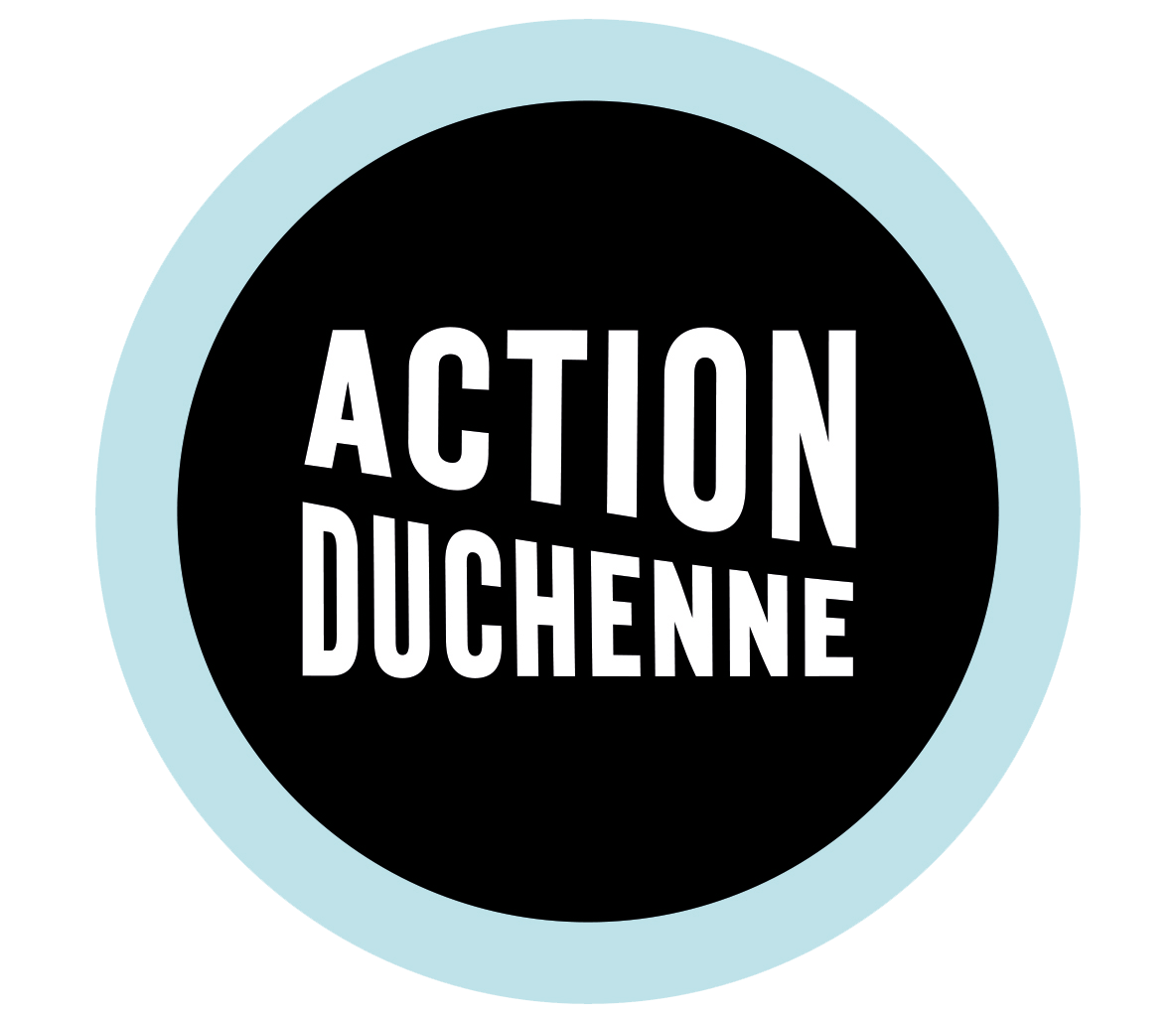We’re delighted to report the successful completion of our research project in Dr Yung-Yao Lin’s laboratory at Queen Mary University of London. The researchers aimed to combine stem cell and gene editing technology to make a system that allows them to study the junction between nerve and muscle cells in Duchenne in the laboratory. The system can also test the potential effectiveness of drugs that target this pathway and researchers have already identified one interesting type of potential drug.
Funded by Action Duchenne & The Barts Charity
Our research grant supported a project called “Assessing regenerative potential of myogenic progenitors derived from CRISPR-corrected human iPSCs for treating muscular dystrophy” in Dr Yung-Yao Lin’s laboratory at Queen Mary University of London, and was co-funded by The Barts Charity.
The researchers established a new way of studying Duchenne using cells grown in the laboratory. Their system makes “neuromuscular circuits” by combining nerve cells that respond to light with muscle fibres. When the nerve cells are activated (by shining a light on them) they tell the muscle fibres to contract. This mimics the way our nerves control the muscles in our bodies.
How the cells were grown
Using stem cell technology, researchers grew nerve and muscle cells from bio-banked samples of people living with Duchenne. They then repaired the mutation in some of the cells using gene editing technology (CRISPR). These two sets of cells are perfectly matched except for the mutation in the dystrophin gene.
When these cells were tested in the new system, researchers identified abnormal gene expression in muscle fibres with a mutation in the dystrophin gene including genes that are required for the neuromuscular junction – the place where the nerve cell connects to a muscle fibre – to function properly. This made the junctions smaller and prevented the muscles from responding to signals from the nerve cells properly.
The system also allows researchers to test the potential effectiveness of new drugs and this could reduce the number of animals needed in research. More importantly, it provides another method to help researchers and clinicians decide whether a potential drug should be tested clinical trials.
A useful therapeutic approach
In this study, the researchers identified drugs that restored the muscle fibres ability to respond to signals from the nerve cell – something that may be a useful therapeutic approach in the future.
The availability of human-relevant micro physiological models is critical for elucidating pathological mechanisms and preclinical testing of therapeutic drugs. Our study provides a new human-relevant microphysiological model for investigating neuromuscular junction defects in DMD and evaluating candidate drugs and suggests enhancing neuromuscular connectivity may be an effective therapeutic strategy.
Dr Yung Yao Lin, Queen Mary University London
The student who completed this project has now completed her studies and is working as a stem cell scientist. The work to develop this system in the laboratory will continue – with the researchers seeking larger amounts of funding from research councils, charities and the pharmaceutical industry.
Find out more
You can find some more detailed results from the project in the scientific paper published by the researchers (https://doi.org/10.1126/sciadv.abi8787) (this is written in scientific language, with no plain English summary).
Want to find out more about the latest updates on Duchenne clinical research? Register for our conference and join our experts panels as they discuss the latest news from around the world.

 Newly diagnosed event agenda and joining instructions
Newly diagnosed event agenda and joining instructions
